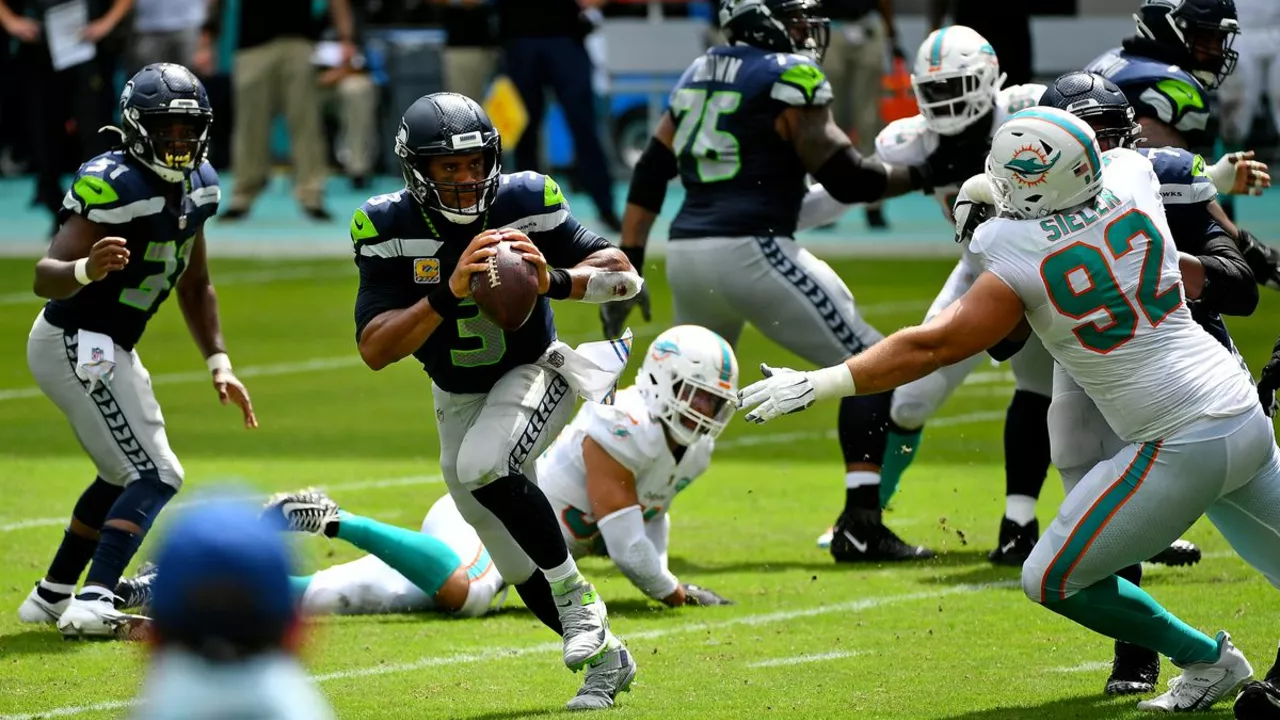The Settled Rhythm of American Sports
Ya know, in my observations of my own kids, Gordon and Priscilla, and their boundless Aussie energy, I've often found their endless capacity to keep going comparable to American sports. How? Well, if you've ever watched American sports - let's say, American Football, Basketball, or even Baseball - you'll notice there are several breaks in between the action. It's fascinating, really, how they've set a rhythm to the energy expended and the pauses ensued, rather akin to my darlings alternating between arduous runs in the park with their footy and scheduled rest at home with a cold drink watching their favorite cartoons.
Understanding the Flow of Game Time
Before I start rambling about my afternoon park runs and energy-conservation strategies, let’s hit the nail on the head. American sports events reel in billions of viewers not just due to their thrill factor, but also due to a unique tempo that regulates these games. This rhythm, a pulsation of fast-paced action followed by a break, has been integral to the design of these sports and there's a savvy reason behind it.
Let's take a look at the NFL - American football for those not familiar with it. The game pause after every 10 seconds of pure action. These frequent interruptions often confuse my Aussie mates, accustomed to continuous, adrenaline-pumping games of rugby or cricket with much less conspicuous breaks. Why, you ask? Well, in between devouring buffalo wings and downing pints of lager, American audiences are experiencing a game designed for extensive tactical play and intense moments played out by individual heroes, not to mention creating perfect opportunities for advertisers and television networks.
Tip! Next time you check out an American football match, use the ad breaks to refill your own plate and glass, without missing any action. It’s all part of the flow.
The Art of Strategy and Excitement
The abnormally long breaks may baffle someone who isn't accustomed to this strange cadence. To add some perspective, a regular soccer game lasts for about 90 minutes with only one break at halftime. On the flip, an NFL match could run for over three hours with frequent interruptions. But what seems an excess to some is integral to the blueprint of the game.
Between the quarterback throwing blistering passes and the lineman enduring crushing takedowns, American football is a game of strategy - an elaborate chess game played out on the field, where coaches calculate every move to gain the upper hand. The frequent breaks give teams the opportunity to devise or adapt tactics, based on the opposing team's play. It's a brilliant example of sportsmanship mixed with tactical warfare, like playing 'Risk' with brute force.
Masterstroke of Commercialization
Now don't get me wrong, I appreciate a good strategic wrangle inside the lines of a sports field. As much as I love seeing Gordon and Priscilla running about aimlessly in the park, a rugby match's strategic depth enraptures me more than just sheer energy. But no conversation on American sports' structure can be complete without touching on their commercial aspect.
Those seemingly endless breaks we mentioned earlier in those sports? One might consider them a God-send for the crucial commercial transactions that happen during the game. It provides the perfect window for running advertisements - or as my American friends would say, commercials – bringing revenue to the broadcasters. The financial aspect of American sports plays an enormous role in shaping not just the structure but the entire sporting ecosystem. This, in my beer-guzzling humble opinion, is genius! Not to mention, they also present viewers with the perfect opportunity for a quick break to the loo, a snack refill, or even a fast update on the cricket scores!
Fun Fact! The Super Bowl, the annual championship game of the NFL, is known for its one of the highest commercial airtime rates. A 30-second slot can cost well over $5 million, making the breaks as much a spectacle as the game itself.
The Culture of Bonding and Festivities
Lastly, let's not underestimate the cultural significance of these sports and their peculiar structures in the American society. We may find it strange, but for Americans, sports including baseball, football, and basketball are more than just games – they're a part of their social fabric. The frequent, extended breaks actually facilitate social interaction. They provide the perfect excuse for mates to get together for unhindered banters over an ice-cold beer and be part of the buzzing energy in and around the game.
Each game becomes a mini-festival, where the excitement is not just about the game but also the camaraderie, the cheerleading, the halftime shows, and the memorable Super Bowl commercials. 🙌 And really, who can argue with a culture that promotes collective joy, weekend bonding, and celebrates festive excitement along with sporting competitiveness?
Did you know? The Super Bowl halftime show is one of the biggest annual concerts globally, with past performers including legends like Prince, Madonna, and more recently, Shakira and Jennifer Lopez.
So there it is, folks. Whether it be strategic depth, commercial wittiness, or simply a manifestation of American culture, the rhythm of American sports with its ebbs and flows stands as a unique spectacle. Oh, and I reckon we have more than enough breaks in our footy too, like when the umpire blows the whistle for a free-kick, a behind, or a quarter break (Definitely doesn't feel like enough when I'm chasing after my little rascals, though). But hey, time to grab one more beer before the 4th quarter, right? Cheers, mates! 🍻

Write a comment